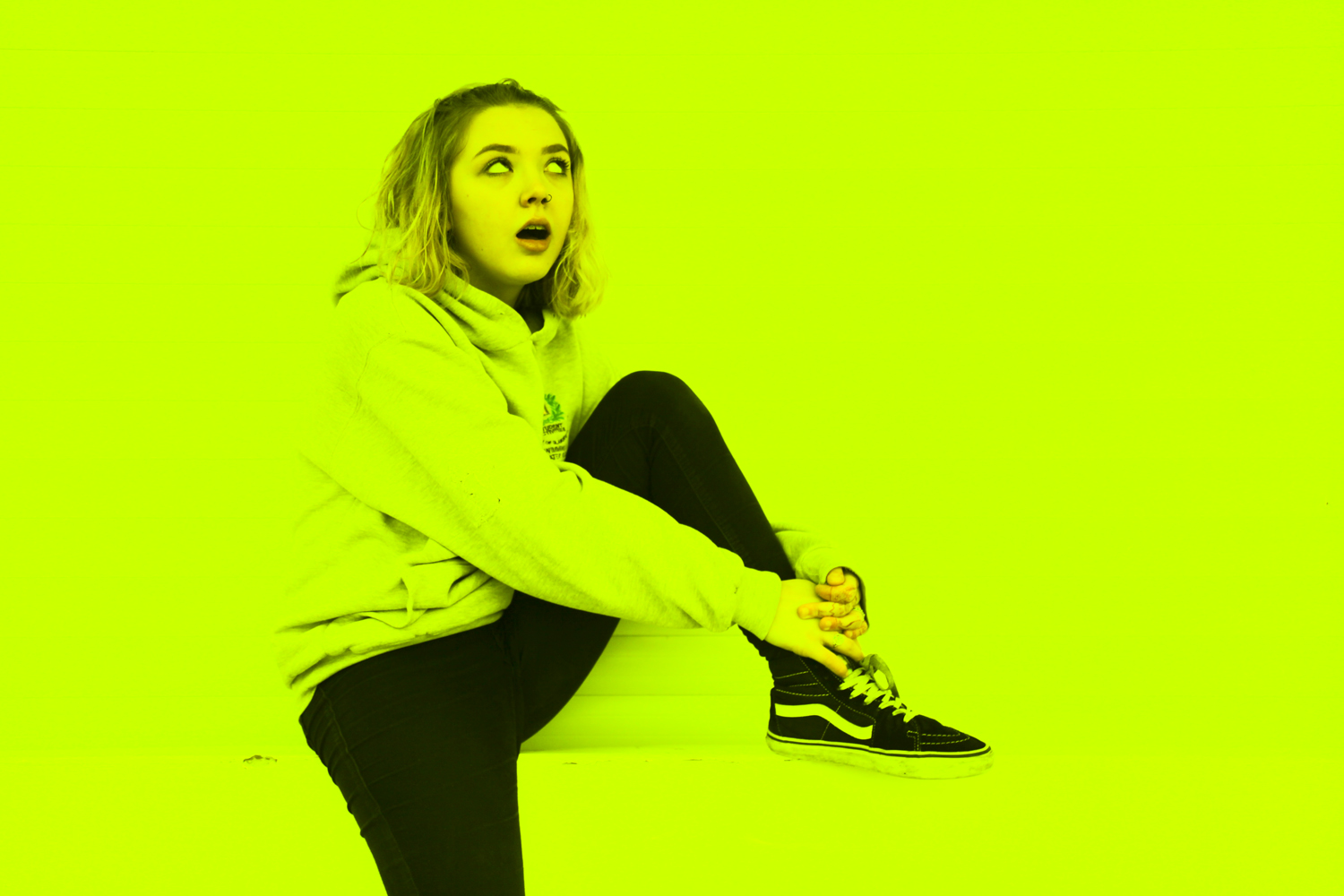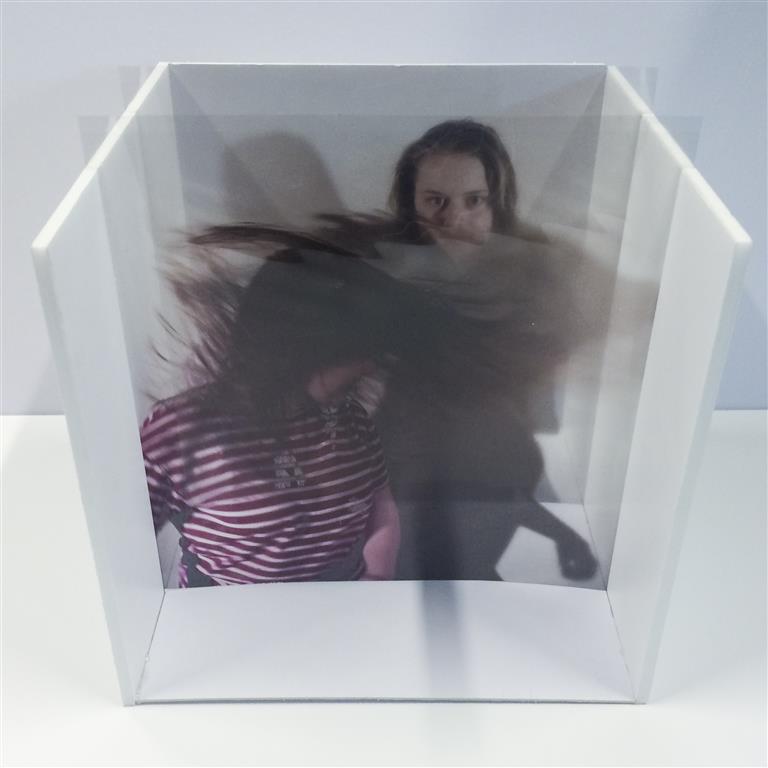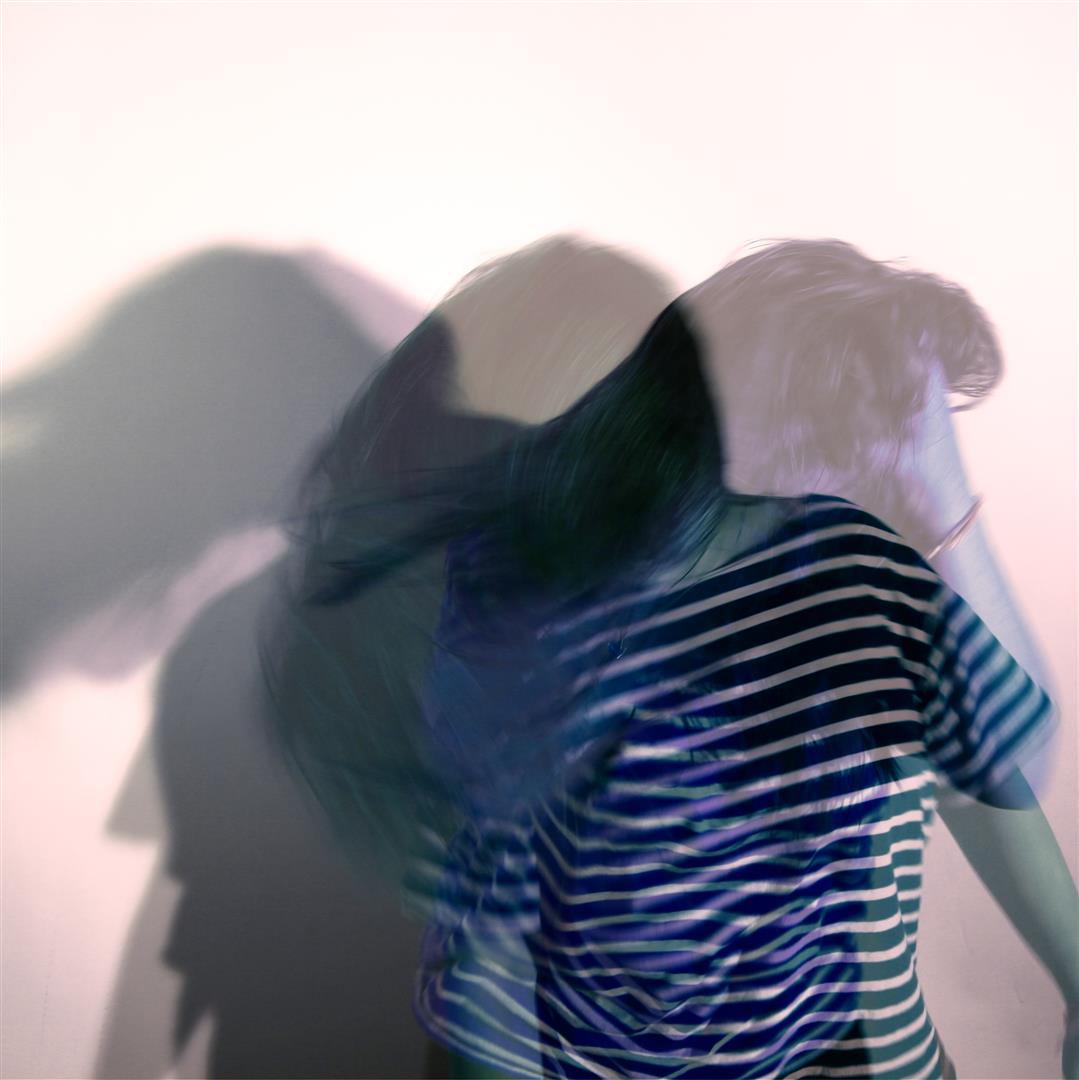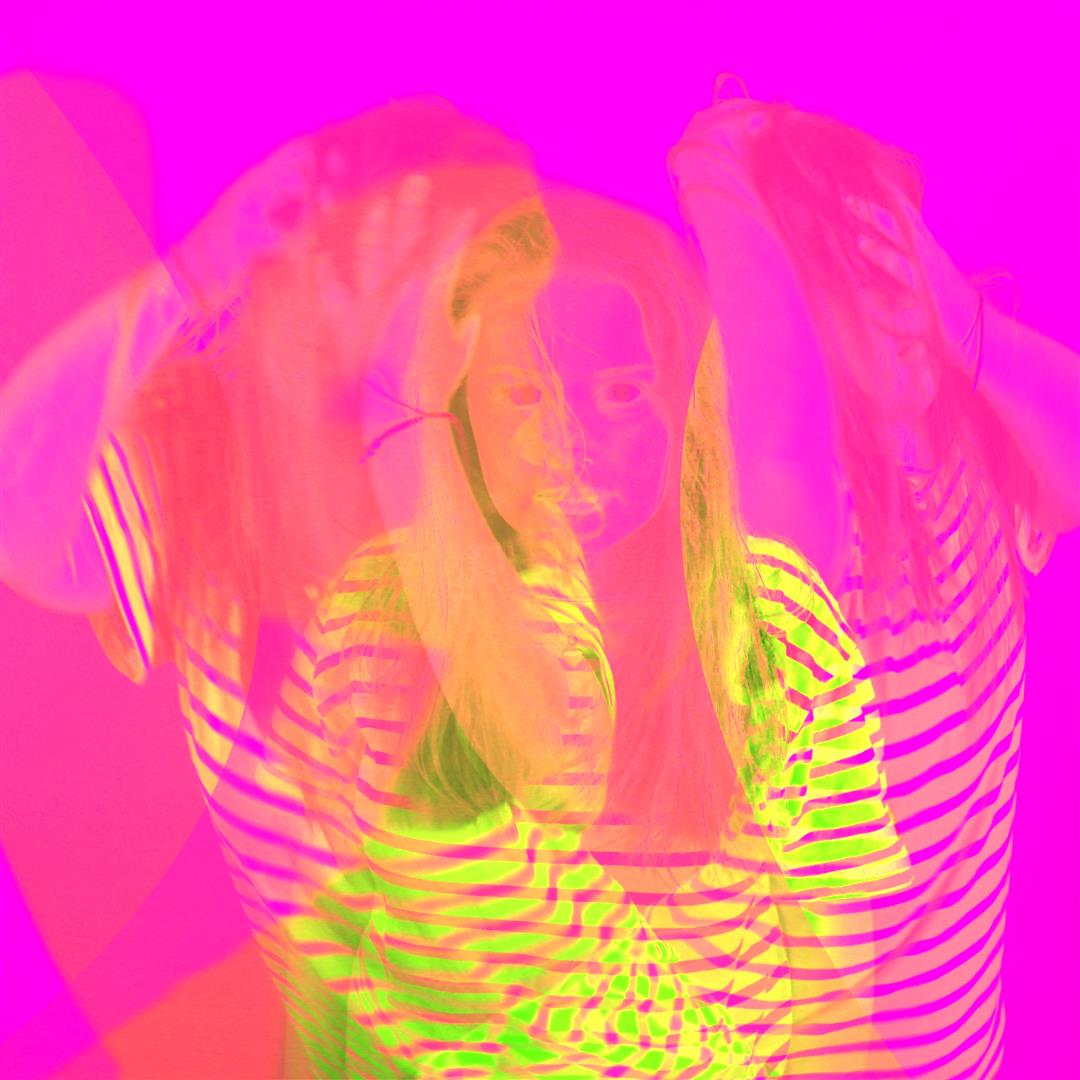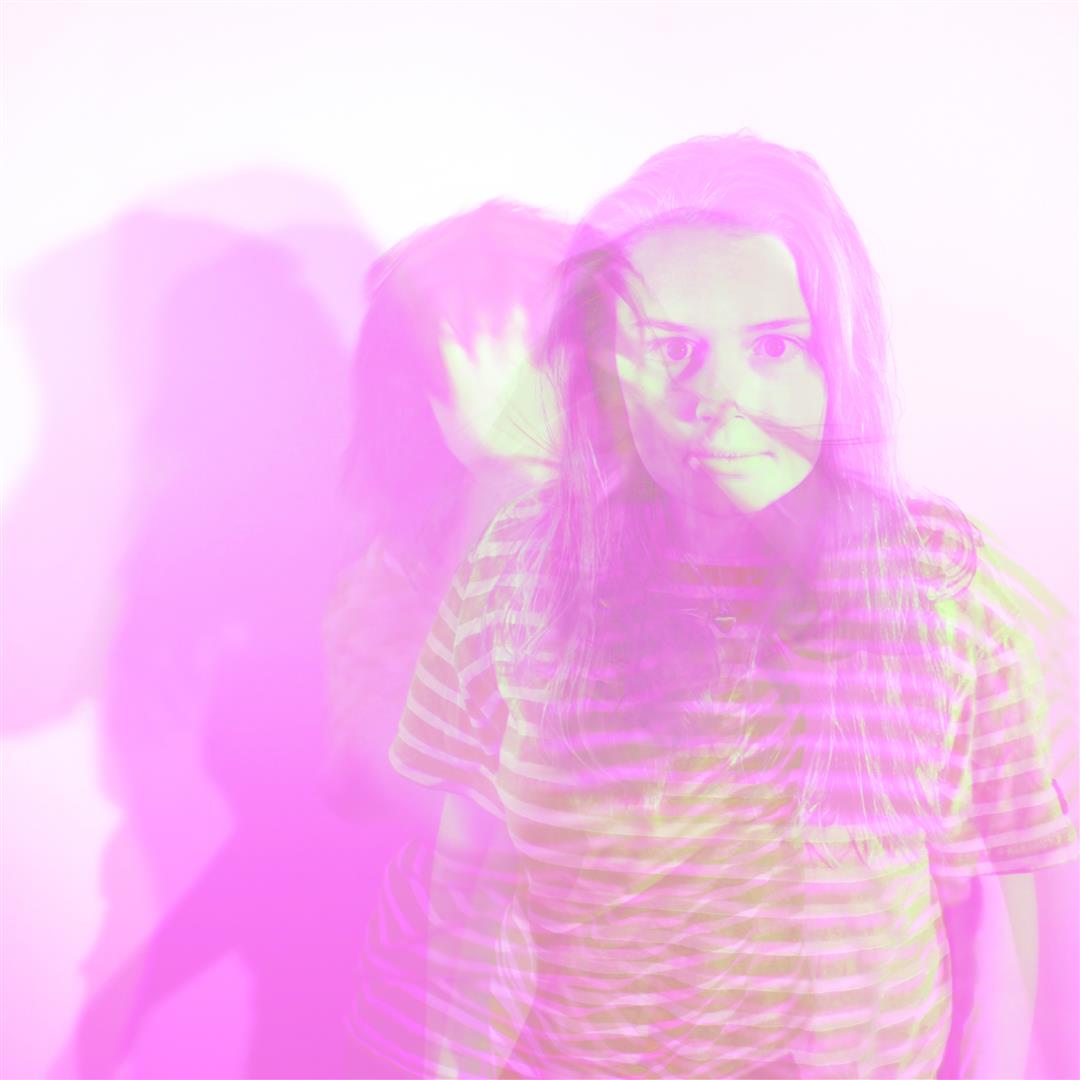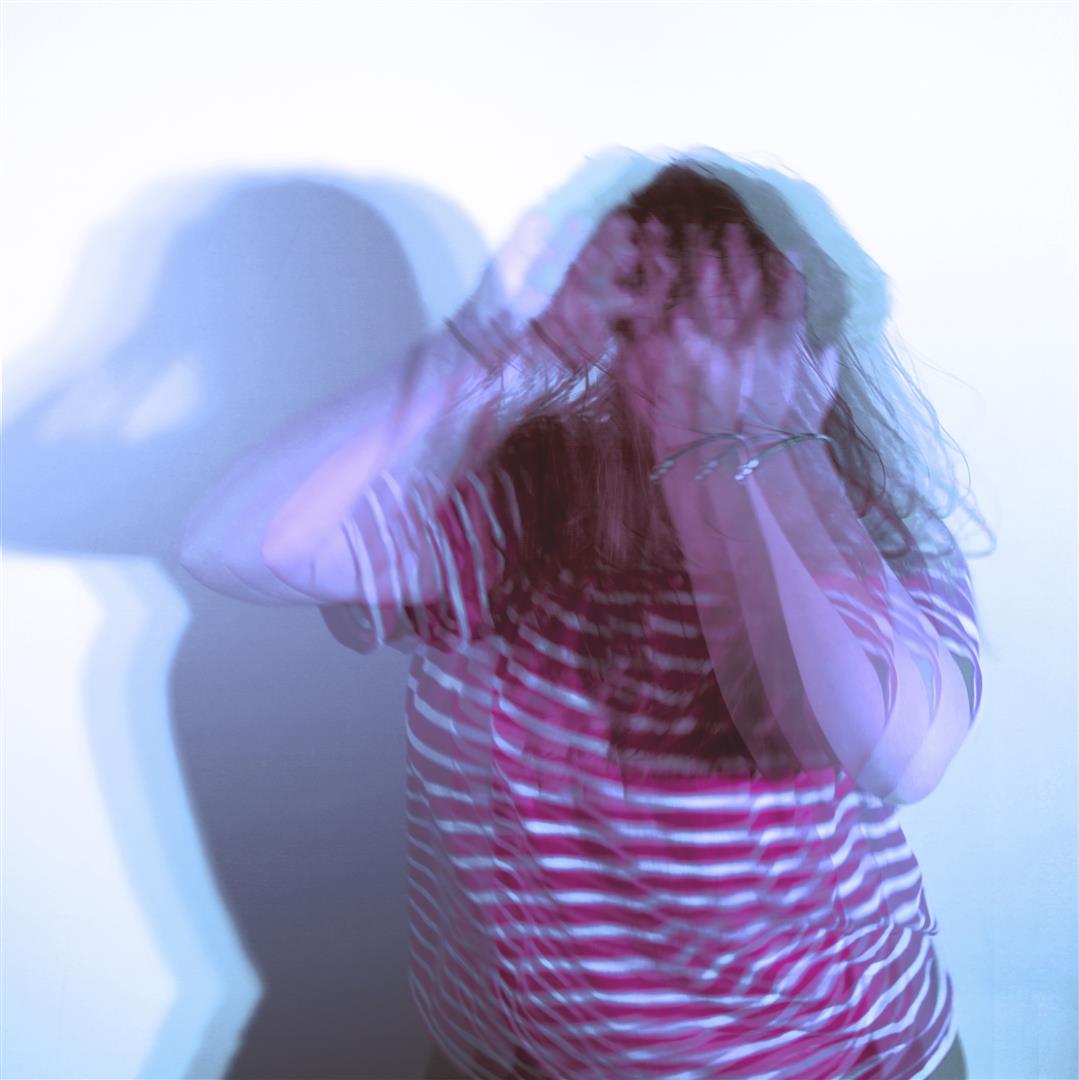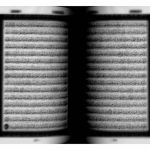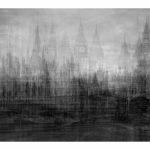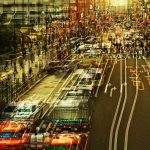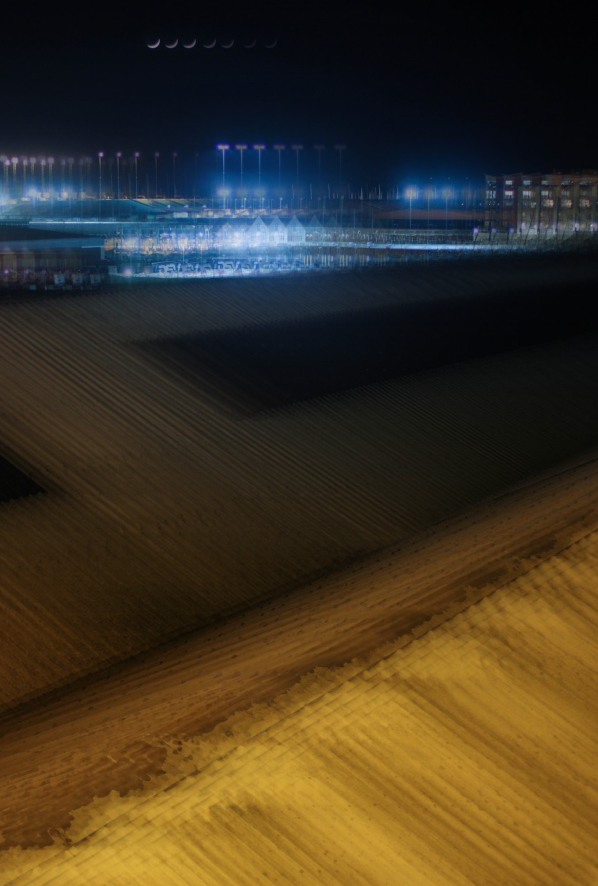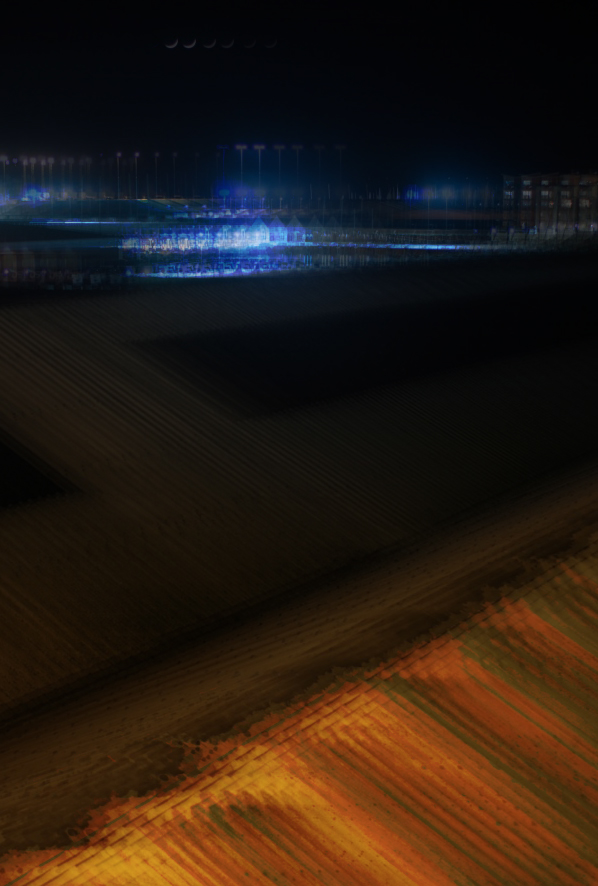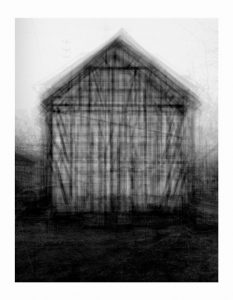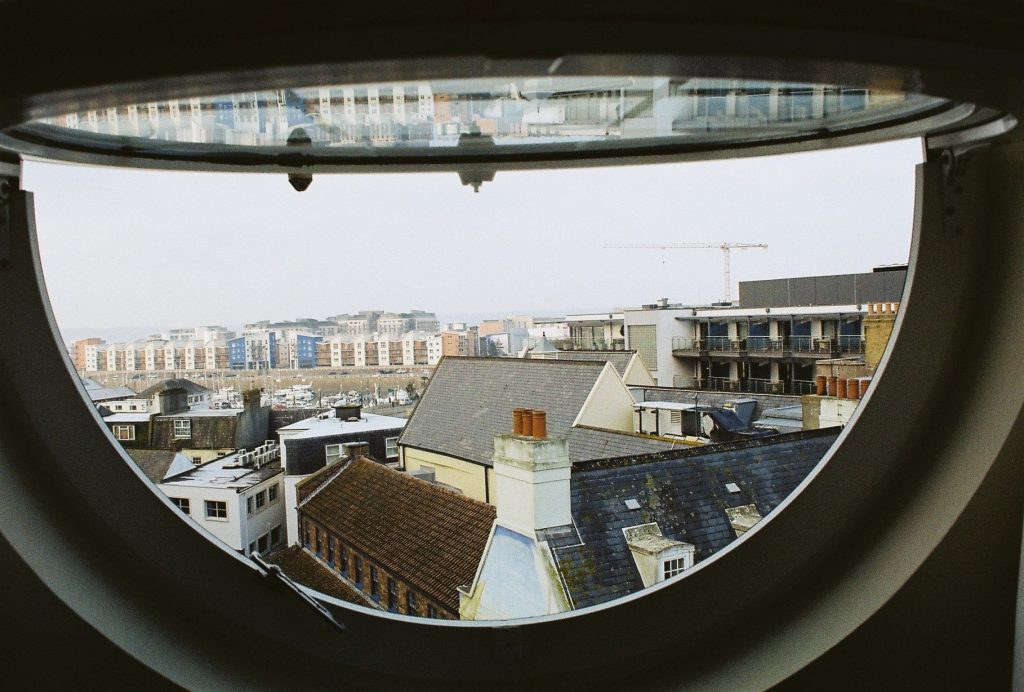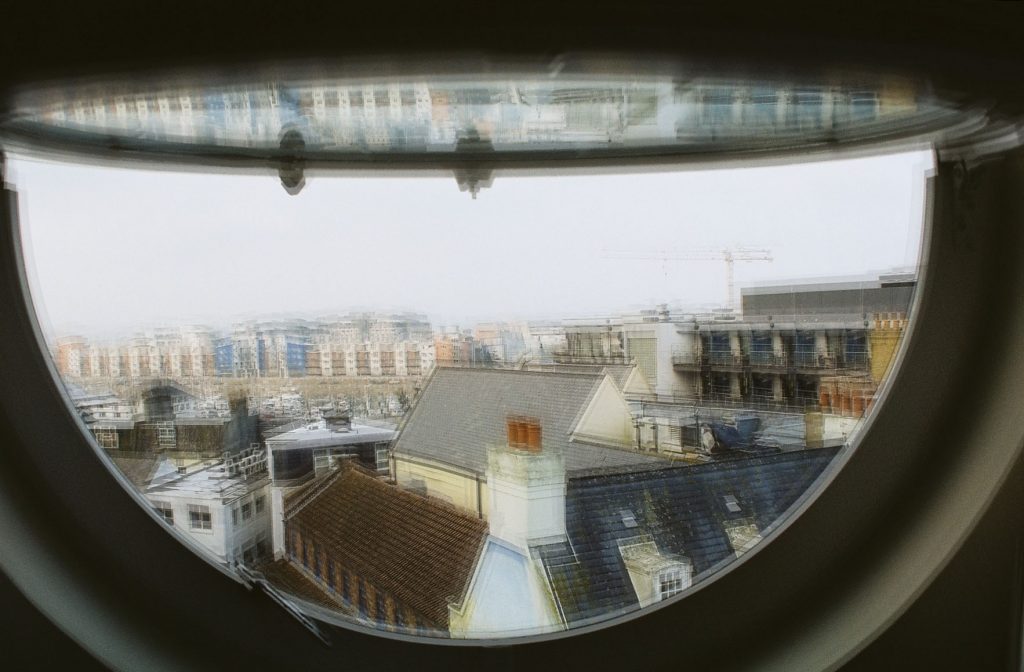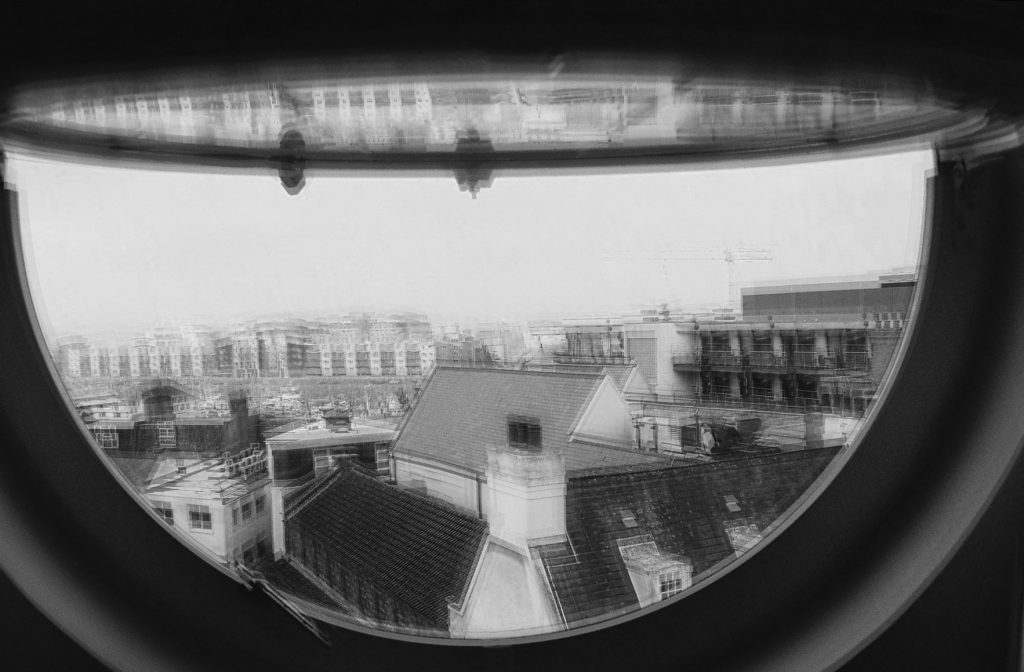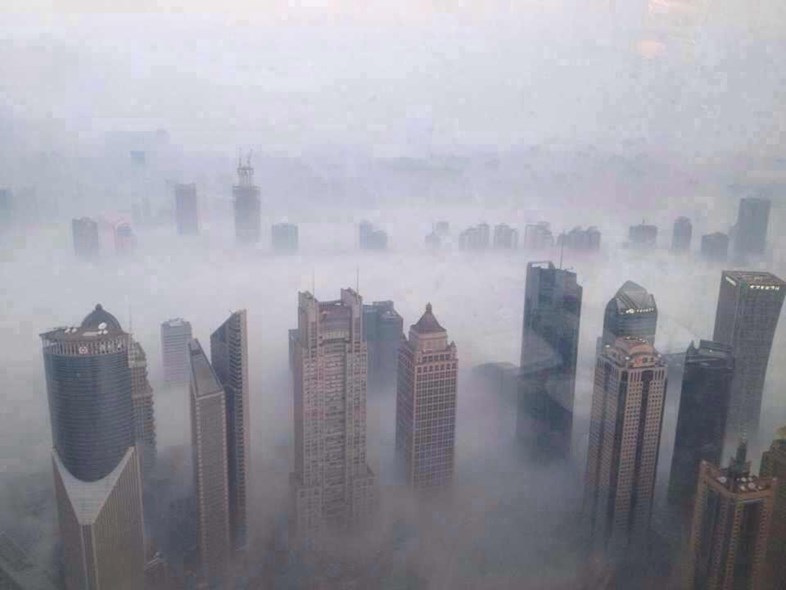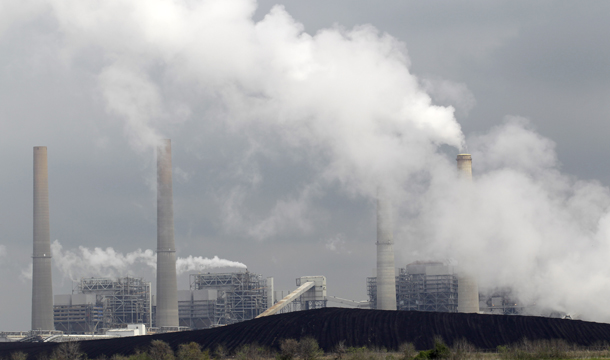// M U L T I P L Y //
As part of a class photoshop recap session we were asked to create a series of test images to prove our photoshop skills and abilities using original photos from our previous projects and shoots. The point of this was to ensure we were confident using basic abstract editing techniques such as duplicating layers, adjusting opacity settings etc. For my images I also pre edited the images in camera RAW – in particular using the colour curve graphs – to create some more exaggerated results. These link to my previous post, ‘STEREOSCOPIC’, where I mention a potential project looking at stylized portraits which include a 3D editing technique making use of multiple layers and duplication.
The though process behind this was to engage our own projects with abstract artists such as Idris Khan and Stephanie Jung who use layering techniques in their own work. Jung as an example creates ‘double exposure’ style pieces using layered images of cityscapes – mainly New York – which works well to capture and visualise the sense of pace and movement from the environment.


Now for my own experiments.
The original image features my friend Hope who tends to pop up in a lot of my previous project work. Here she is looking sarcastic on a wall wearing clothes that probably aren’t hers.
I duplicated this image three times in camera raw and edited each of them as individual pieces to ensure totally different contrast levels and colour compositions.
From these photos, I opened photoshop and created three different experiments. This first one is the same image, duplicated on itself using the layering technique with a 35% transparency level. Each photo is rotated by 15% to mirror her own spiralling journey into the purple world of depression.
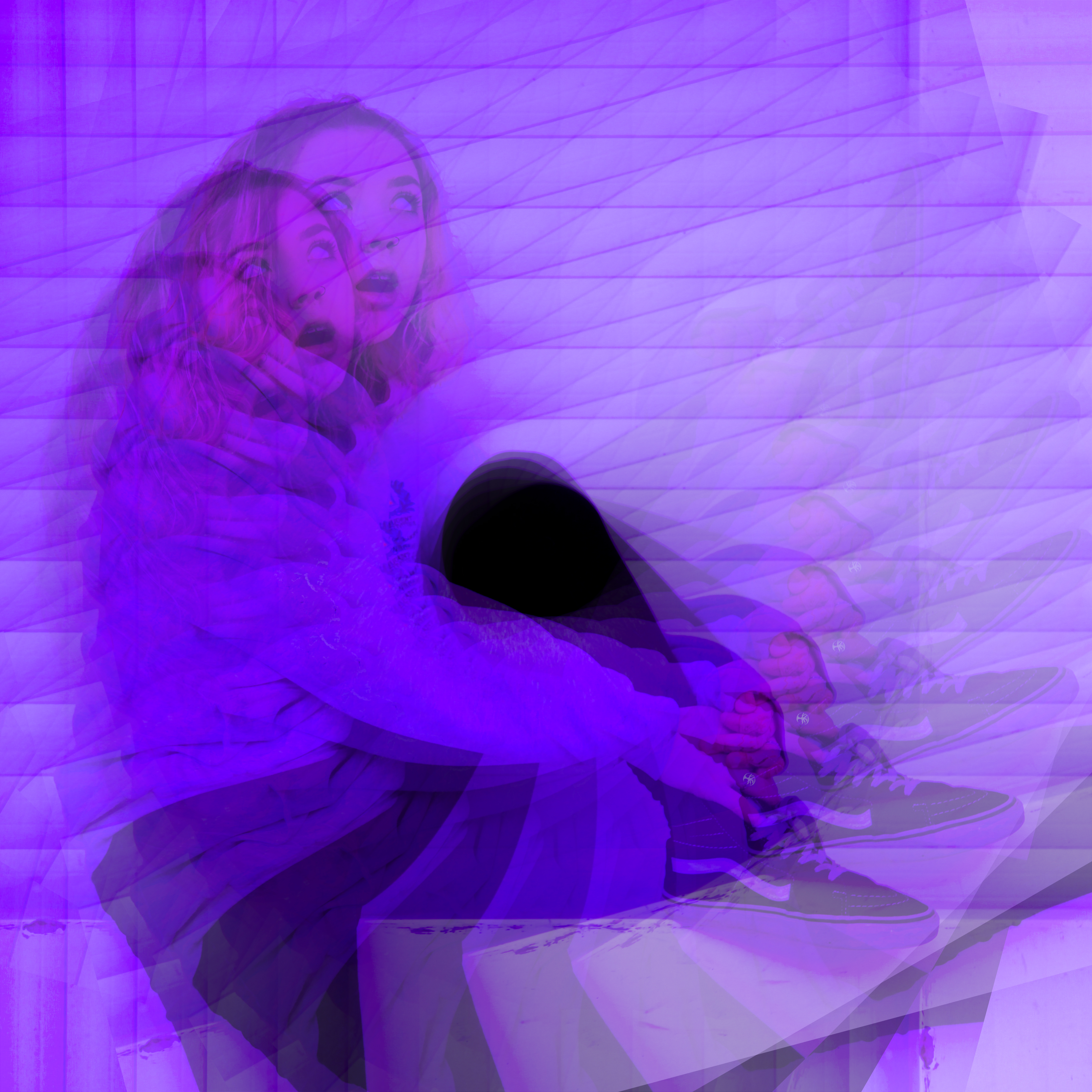
The next is a double duplication with the image mirrored so she can be sarcastic at herself for a change.

This one is all the images together and also has a darken effect on the bottom layer. Blurring techniques were used to alter the method of blending. This image is messy and chaotic; much like Hope.

Another area we were asked to investigate is the possibility of layering these images manually – for example on glass or plastic. Entertainingly this was actually my chosen project almost a year ago now for my AS Exam where I made a photo box which would allow images to be inserted after being printed on acetate. The idea behind this presentation was to make an object that could be altered and changed to create different compositions. The original project and posts can be viewed here [X]
This is the final photobox with the manual compositions showing layering. below is a selection of digital experiments I produced to test the portraits I then printed for this project featuring my friend Charlotte flicking her hair about a lot.
Hopefully this proves that I can use photoshop at this level.
(thanks to Hope and Charlotte)


